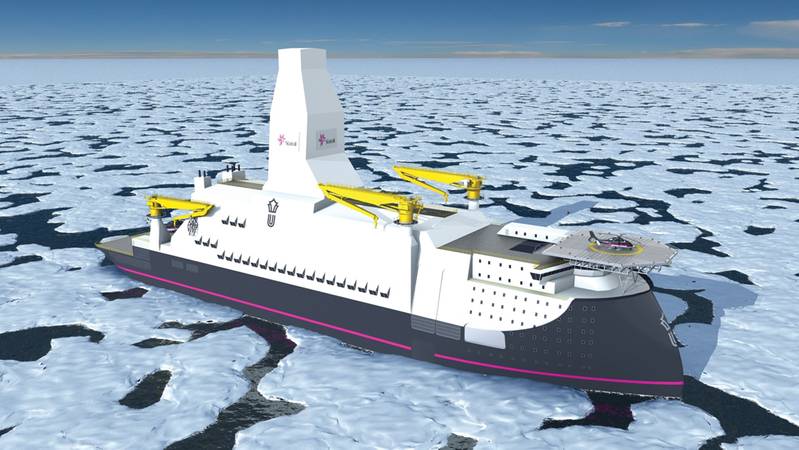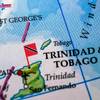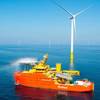New Conept Under Test: Arctic Drillship
When Ulstein Sea of Solutions (USOS) took part in a concept design competition for an arctic drillship, MARIN was asked to investigate the concept variations.
USOS was asked to participate in a concept design competition for a drillship capable of operating in arctic conditions for several months a year. Special requirements are posed for the design of such a vessel due to the cold climate and the probability of encountering sea ice during operations.
Instead of making adjustments to a conventional drillship design, USOS developed a completely new concept dedicated specifically to the purpose of the vessel. Each aspect of the design was subject to a sensitivity study in order to assess the impact of particular parameters on the vessel design. Combining these design parameter sensitivities enabled MARIN to draw conclusions for the optimal ship design.
MARIN was involved in the design aspects related to the hull. The goal of the sensitivity study was to give qualitative insight into the station keeping performance of the vessel when considering various concepts. Each concept used a disconnectable turret and had dynamic positioning (DP) capability, but the position of the turret varied between the concepts. Evaluation of the mooring loads, the required thrust and the DP watch circle revealed the best turret positions for a range of environmental conditions.
Ice field in aNySIM
With the aNySIM tool, a time domain simulation was conducted whereby hundreds of particles represented a managed (pre-broken by icebreakers) ice field. A number of parameters were given to describe the severity of the ice conditions, including most importantly, the ice concentration (the fraction of the total area covered by ice) and the average ice floe (particle) size. An algorithm based on Voronoi Tessellation was used to obtain a set of ice particles that exactly complied with the specified parameter values.
All concepts were tested for their capabilities in the specific environmental conditions, evaluating four different vessel orientations with respect to the approaching ice field and for a blackout situation. Based on the results of these simulations, USOS could take an informed decision about the placement of the turret in the drillship. (USOS approved publication of their concept design test.)
The Author
Solange van der Werff is project manager at the Trials & Monitoring department of MARIN, the Maritime Research Institute Netherlands.
e: [email protected]
w: www.marin.nl
(As published in the April 2014 edition of Maritime Reporter & Engineering News - http://magazines.marinelink.com/Magazines/MaritimeReporter)


















